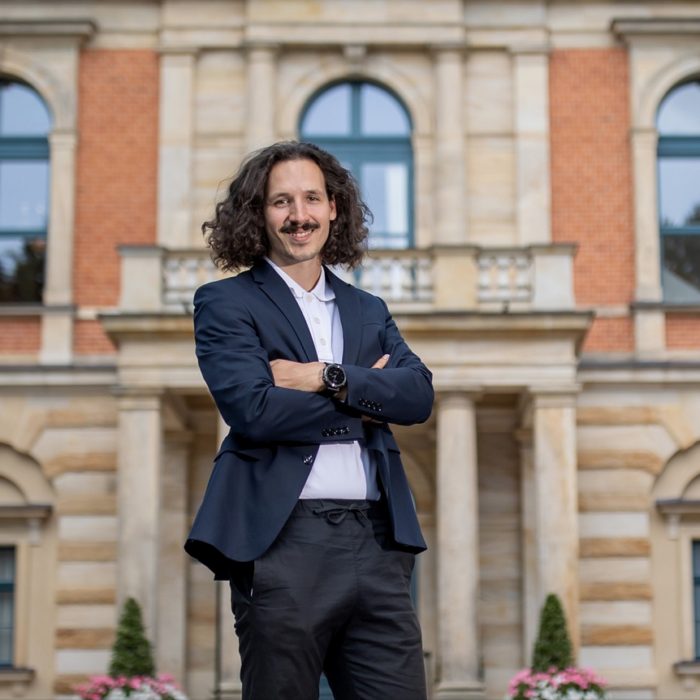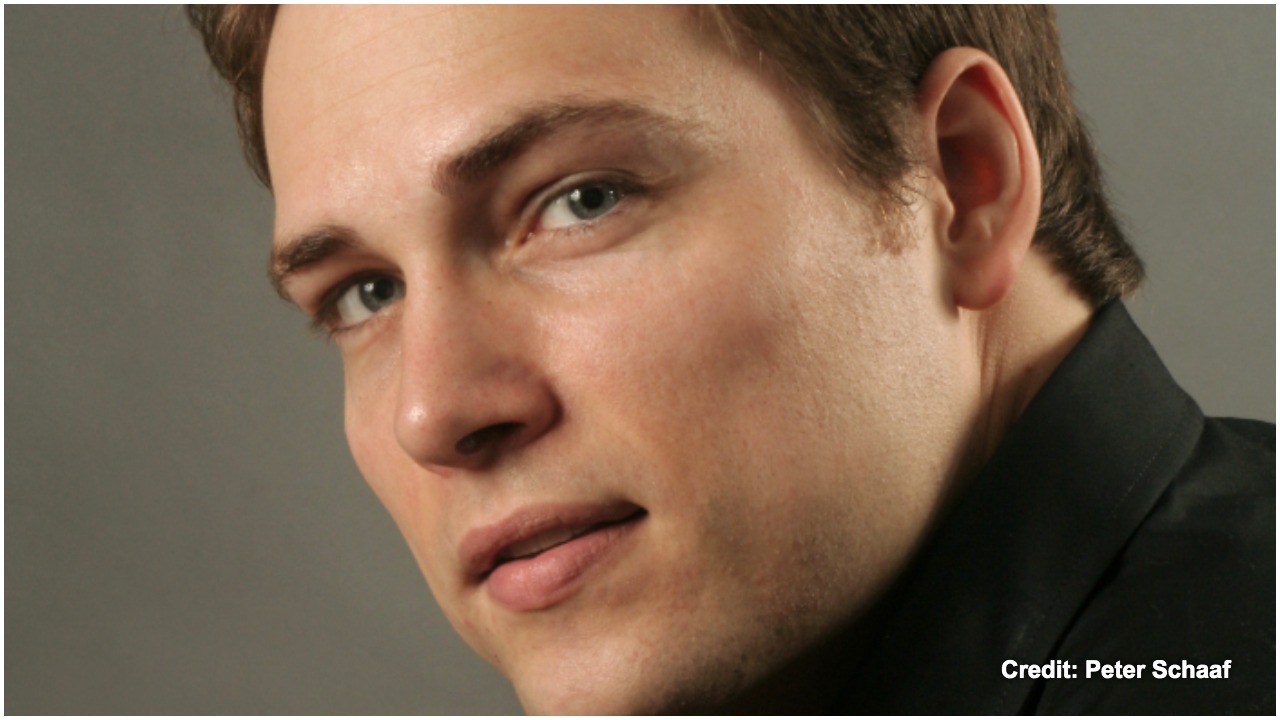
Q & A: Composer Jordan Nobles on His Azrieli Prize-Winning ‘Kanata’
By David Salazar“I was drawn to composing because of an intrinsic fascination with sound and a strong curiosity in figuring out how music that moves me was created,” Composer John Nobles told OperaWire in a recent interview.
Nobles is the recipient of the Azrieli Commission for Canadian Music for his piece “Kanata” for Large Choir. A JUNO Award-winner for “Classical Composition of the Year” in 2017, he has also been named Emerging Artist in Music from the City of Vancouver’s Mayor’s Arts Awards in 2009 and his work “Aurora” was the CBC’s official entry at the UNESCO international Music Council’s International Rostrum of Composers.
OperaWire spoke to Nobles about his inspiration for “Kanata” and its creation.
OperaWire: Tell me about “Kanata” and what inspired it.
Jordan Nobles: “Kanata” is derived from the St. Lawrence Iroquoian word for “village” or “settlement” and eventually became the basis for the name “Canada.” The work was inspired by my experiences traveling across the country with my family and reflecting on its vast, diverse landscapes. More than just its physical beauty, I was drawn by a deep connection to this land that I live on and how utterly huge and grand it is. Kanata is a meditation on this emotional connection.
OW: How did you arrive at the musical language for “Kanata?”
JN: The musical language of “Kanata” is highly textural and atmospheric, relying on layers of sound rather than traditional harmonic or melodic structures. I’ve used fragments of place names—small phonemes from the original Indigenous names—as the vocal material for the choir. These phonemes create a fabric of sound that shifts and evolves without a set rhythmic structure, allowing the piece to unfold organically, almost like a landscape. This approach allows me to create a meditative space where the audience can experience the essence of the land and its history, rather than focusing on literal representation. I arrived at this language after experimenting with the way sounds can convey meaning beyond words and how music can express something as immense and intangible as the spirit of a place.
OW: What inspires your creative process?
JN: My creative process is often sparked by a deep sense of curiosity and a desire to explore how sound interacts with space. Whether it’s the vast open spaces of the natural world or the acoustics of a particular venue, I’m always drawn to how music can inhabit and shape a space. Nature itself is a huge inspiration for me—its stillness, its complexity, and its capacity to evoke strong emotional responses. I also find inspiration in visual art, architecture, and even silence, which I often see as the canvas upon which I build my compositions. The act of discovery—whether it’s finding new sounds, structures, or ideas—drives my process and keeps it evolving.
OW: What were some challenges you experienced while creating this work?
JN: One of the biggest challenges in creating “Kanata” was navigating the balance between honoring Indigenous place names and not overstepping by appropriating them in any way. Many of these names have existed long before colonial settlement and carry stories and meanings that connect the land to the people who have lived there for millennia. As I’ve researched these names, I’ve been struck by how much knowledge, identity, and tradition are embedded in them. These place names resonate with a sense of belonging and memory, which I found quite meaningful. However, most of them, the ones that are not established ‘official’ names, are not my stories to tell and it would be inappropriate to use them as such.
Furthermore, as I thought about it more and more, it also felt less and less appropriate to use the colonial names for these places; that doing so felt like yet another act of erasure, of asserting colonial ownership and the primacy of the colonizers’ position on the land. These places have had names for millennia before settlers arrived, given to them by people whose relationships to the land are so much more long standing and intimately held. It felt wrong to reassert colonial dominance through the text of the piece.
This led me to focus on using phonemes and fragments of names, allowing the music to evoke the landscapes without speaking for them. Another challenge was capturing the sheer scale of Canada’s geography in sound—how to translate that sense of vastness into something that can resonate within the confines of a concert hall. By using fragments of these names as the textural foundation of the work, I hope to honour the depth and meaning they carry. I’m not trying to recreate or speak for those traditions, but rather acknowledge and celebrate them through sound. This approach reflects my personal journey as well—understanding that the land is not just a physical space but a living history that continues to shape our collective identity.
OW: What do you hope audiences take away from the experience of your piece?
JN: I wish “Kanata” would evoke a feeling of awe and respect for the places we inhabit; and to perhaps offer the audience a moment or two of stillness and beauty. Ultimately, I hope my composition creates a meditative space where people can listen, reflect, and feel a part of something larger than themselves.


